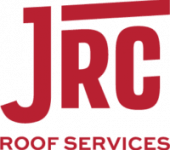How Colorado’s Sunny Weather Can Impact Your Roof
With more than 300 days of sunshine a year, Colorado is known for its beautiful weather—but all that sun comes at a cost when it comes to your roof. At higher altitudes, UV radiation is even more intense, accelerating the wear and tear on roofing materials. Whether you live in Denver, Colorado Springs, or up in the mountains, it’s important to understand how sun exposure affects your roof—and how to protect it.
The Impact of UV Rays on Your Roof
Colorado’s elevation means thinner atmosphere and more direct exposure to ultraviolet rays. Even on cool or cloudy days, your roof is soaking up UV radiation that can weaken its structure over time.
Here’s what UV exposure can do:
- Dry Out Roofing Materials: Prolonged sun exposure causes shingles and other materials to dry out, crack, and become brittle. This is especially common with asphalt shingles.
- Fade Roof Color: UV rays break down the pigments in roofing materials, leading to noticeable fading and uneven color, which can affect curb appeal.
- Break Down Sealants & Flashing: The sun also wears out sealants around vents, chimneys, and skylights—creating potential leak points during summer storms.
- Shorten Roof Lifespan: Altogether, UV damage can shave years off your roof’s expected lifespan if not addressed.
How to Protect Your Roof from UV Damage
Fortunately, there are simple ways Colorado homeowners can protect their roofs and extend their life despite the sunshine.
- Schedule Regular Roof Inspections
Annual inspections—ideally in late spring or early summer—can catch early signs of sun-related damage. A professional will check for cracked shingles, dried sealant, and other warning signs before they become bigger issues. Get your roof checked after hailstorms too, since the combination of hail and sun damage can be especially harmful. - Choose UV-Resistant Roofing Materials
If you’re replacing your roof, consider materials that are better suited for Colorado’s sunny climate. Options like metal roofing, tile, or impact-resistant shingles are built to withstand UV exposure and fluctuating weather conditions. - Apply Reflective Coatings or Sealants
Reflective roof coatings are designed to reduce heat absorption and protect the surface from UV rays. These coatings can also lower attic temperatures and help with energy efficiency—especially useful during hot summer months. - Keep Your Attic Ventilated
Proper ventilation helps regulate the temperature in your attic and prevents heat from building up beneath your roof. Less heat underneath means less stress on shingles and other components. - Clean and Maintain Your Roof
Debris like leaves or branches can trap moisture and accelerate UV breakdown. Keep your roof and gutters clean, and trim back overhanging branches that may shade parts of the roof unevenly.
Protect Your Investment
Your roof is one of your home’s most important defenses—and in Colorado’s high-elevation sun, it takes a beating. By staying proactive with maintenance and choosing the right materials, you can minimize UV damage and maximize your roof’s performance.
Need help inspecting or upgrading your roof this summer? Contact our Colorado roofing experts today for a free consultation or inspection.



